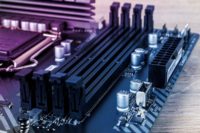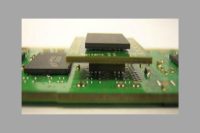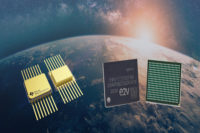Items Tagged with 'memory'
ARTICLES
Understanding Burst Separation for DDR5 System Validation
DDR5 Electrical and Timing Measurement Techniques
Read More
How to Optimize Probing and Signal Access for DDR5 System Validation
DDR5 Electrical and Timing Measurement Techniques
Read More









